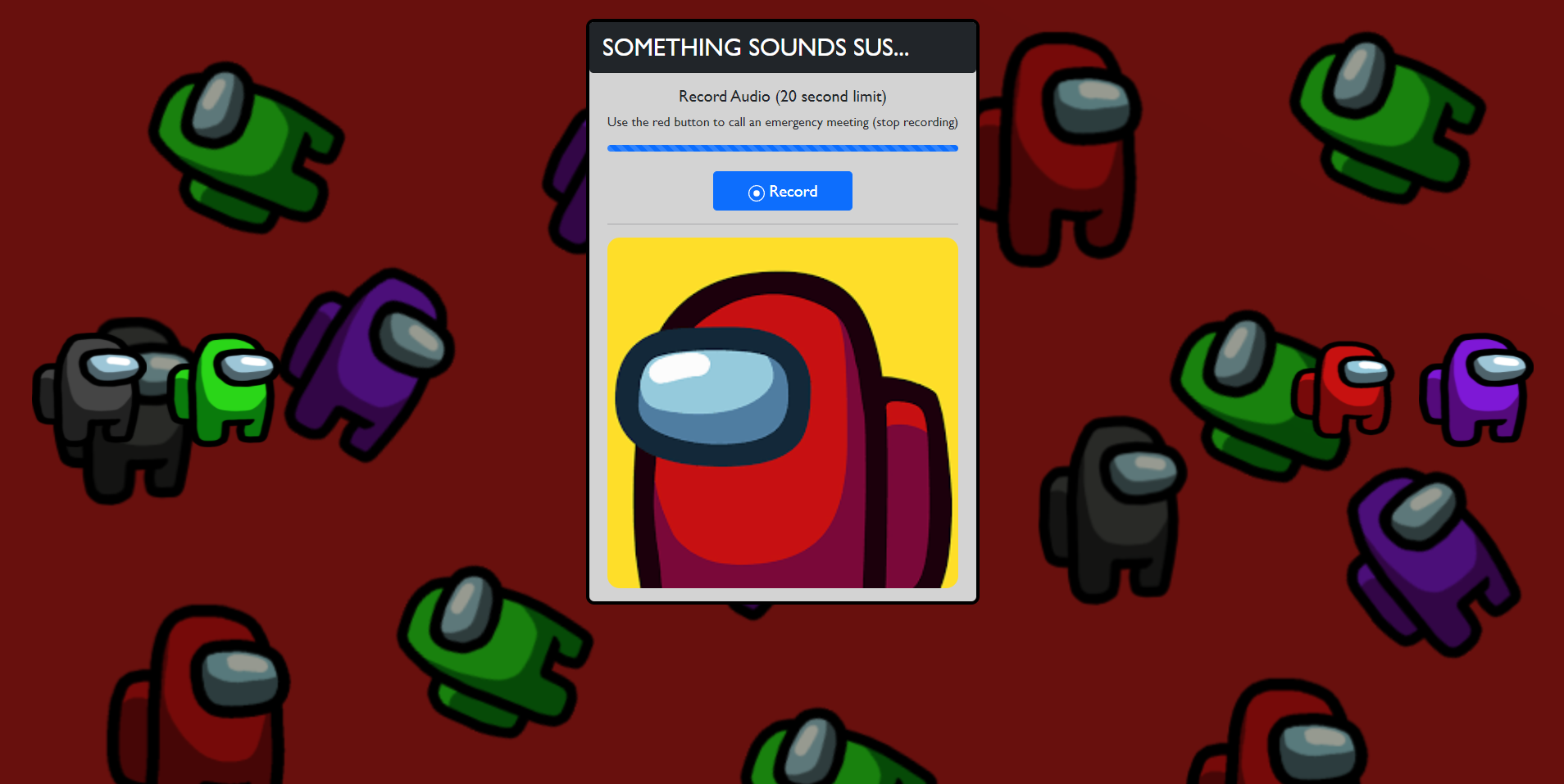Nested Collaborative Learning for Long-Tailed Visual Recognition
This repository is the official PyTorch implementation of the paper in CVPR 2022:
Nested Collaborative Learning for Long-Tailed Visual Recognition
Jun Li, Zichang Tan, Jun Wan, Zhen Lei, Guodong Guo
[PDF]
Main requirements
torch >= 1.7.1 #This is the version I am using, other versions may be accteptable, if there is any problem, go to https://pytorch.org/get-started/previous-versions/ to get right version(espicially CUDA) for your machine.
tensorboardX >= 2.1 #Visualization of the training process.
tensorflow >= 1.14.0 #convert long-tailed cifar datasets from tfrecords to jpgs.
Python 3.6 #This is the version I am using, other versions(python 3.x) may be accteptable.
Detailed requirement
pip install -r requirements.txt
Prepare datasets
This part is mainly based on https://github.com/zhangyongshun/BagofTricks-LT
We provide three datasets in this repo: long-tailed CIFAR (CIFAR-LT), long-tailed ImageNet (ImageNet-LT), iNaturalist 2018 (iNat18) and Places_LT.
The detailed information of these datasets are shown as follows:
| Datasets | CIFAR-10-LT | CIFAR-100-LT | ImageNet-LT | iNat18 | Places_LT | ||
|---|---|---|---|---|---|---|---|
| Imbalance factor | |||||||
| 100 | 50 | 100 | 50 | ||||
| Training images | 12,406 | 13,996 | 10,847 | 12,608 | 11,5846 | 437,513 | 62,500 |
| Classes | 50 | 50 | 100 | 100 | 1,000 | 8,142 | 365 |
| Max images | 5,000 | 5,000 | 500 | 500 | 1,280 | 1,000 | 4,980 |
| Min images | 50 | 100 | 5 | 10 | 5 | 2 | 5 |
| Imbalance factor | 100 | 50 | 100 | 50 | 256 | 500 | 996 |
-"CIFAR-10-LT-100" means the long-tailed CIFAR-10 dataset with the imbalance factor beta = 100.
-"Imbalance factor" is defined as: beta = Max images / Min images.
-
Data format
The annotation of a dataset is a dict consisting of two field: annotations and num_classes. The field annotations is a list of dict with image_id, fpath, im_height, im_width and category_id.
Here is an example.
{
'annotations': [
{
'image_id': 1,
'fpath': '/data/iNat18/images/train_val2018/Plantae/7477/3b60c9486db1d2ee875f11a669fbde4a.jpg',
'im_height': 600,
'im_width': 800,
'category_id': 7477
},
...
]
'num_classes': 8142
}
-
CIFAR-LT
Cui et al., CVPR 2019 firstly proposed the CIFAR-LT. They provided the download link of CIFAR-LT, and also the codes to generate the data, which are in TensorFlow.
You can follow the steps below to get this version of CIFAR-LT:
- Download the Cui's CIFAR-LT in GoogleDrive or Baidu Netdisk (password: 5rsq). Suppose you download the data and unzip them at path
/downloaded/data/. - Run tools/convert_from_tfrecords, and the converted CIFAR-LT and corresponding jsons will be generated at
/downloaded/converted/.
# Convert from the original format of CIFAR-LT python tools/convert_from_tfrecords.py --input_path /downloaded/data/ --output_path /downloaded/converted/ - Download the Cui's CIFAR-LT in GoogleDrive or Baidu Netdisk (password: 5rsq). Suppose you download the data and unzip them at path
-
ImageNet-LT
You can use the following steps to convert from the original images of ImageNet-LT.
- Download the original ILSVRC-2012. Suppose you have downloaded and reorgnized them at path
/downloaded/ImageNet/, which should contain two sub-directories:/downloaded/ImageNet/trainand/downloaded/ImageNet/val. - Directly replace the data root directory in the file
dataset_json/ImageNet_LT_train.json,dataset_json/ImageNet_LT_val.json,You can handle this with any editor, or use the following command.
# replace data root python tools/replace_path.py --json_file dataset_json/ImageNet_LT_train.json --find_root /media/ssd1/lijun/ImageNet_LT --replaces_to /downloaded/ImageNet python tools/replace_path.py --json_file dataset_json/ImageNet_LT_val.json --find_root /media/ssd1/lijun/ImageNet_LT --replaces_to /downloaded/ImageNet - Download the original ILSVRC-2012. Suppose you have downloaded and reorgnized them at path
-
iNat18
You can use the following steps to convert from the original format of iNaturalist 2018.
- The images and annotations should be downloaded at iNaturalist 2018 firstly. Suppose you have downloaded them at path
/downloaded/iNat18/. - Directly replace the data root directory in the file
dataset_json/iNat18_train.json,dataset_json/iNat18_val.json,You can handle this with any editor, or use the following command.
# replace data root python tools/replace_path.py --json_file dataset_json/iNat18_train.json --find_root /media/ssd1/lijun/inaturalist2018/train_val2018 --replaces_to /downloaded/iNat18 python tools/replace_path.py --json_file dataset_json/iNat18_val.json --find_root /media/ssd1/lijun/inaturalist2018/train_val2018 --replaces_to /downloaded/iNat18 - The images and annotations should be downloaded at iNaturalist 2018 firstly. Suppose you have downloaded them at path
-
Places_LT
You can use the following steps to convert from the original format of Places365-Standard.
- The images and annotations should be downloaded at Places365-Standard firstly. Suppose you have downloaded them at path
/downloaded/Places365/. - Directly replace the data root directory in the file
dataset_json/Places_LT_train.json,dataset_json/Places_LT_val.json,You can handle this with any editor, or use the following command.
# replace data root python tools/replace_path.py --json_file dataset_json/Places_LT_train.json --find_root /media/ssd1/lijun/data/places365_standard --replaces_to /downloaded/Places365 python tools/replace_path.py --json_file dataset_json/Places_LT_val.json --find_root /media/ssd1/lijun/data/places365_standard --replaces_to /downloaded/Places365 - The images and annotations should be downloaded at Places365-Standard firstly. Suppose you have downloaded them at path
Usage
First, prepare the dataset and modify the relevant paths in config/CIFAR100/cifar100_im100_NCL.yaml
Parallel training with DataParallel
1, Train
# Train long-tailed CIFAR-100 with imbalanced ratio of 100.
# `GPUs` are the GPUs you want to use, such as '0' or`0,1,2,3`.
bash data_parallel_train.sh /home/lijun/papers/NCL/config/CIFAR/CIFAR100/cifar100_im100_NCL.yaml 0
Distributed training with DistributedDataParallel
Note that if you choose to train with DistributedDataParallel, the BATCH_SIZE in .yaml indicates the number on each GPU!
Default training batch-size: CIFAR: 64; ImageNet_LT: 256; Places_LT: 256; iNat18: 512.
e.g. if you want to train NCL with batch-size=512 on 8 GPUS, you should set the BATCH_SIZE in .yaml to 64.
1, Change the NCCL_SOCKET_IFNAME in run_with_distributed_parallel.sh to [your own socket name].
export NCCL_SOCKET_IFNAME = [your own socket name]
2, Train
# Train inaturalist2018.
# `GPUs` are the GPUs you want to use, such as `0,1,2,3,4,5,6,7`.
# `NUM_GPUs` are the number of GPUs you want to use. If you set `GPUs` to `0,1,2,3,4,5,6,7`, then `NUM_GPUs` should be `8`.
bash distributed_data_parallel_train.sh config/iNat18/inat18_NCL.yaml 8 0,1,2,3,4,5,6,7
Citation
If you find our work inspiring or use our codebase in your research, please consider giving a star and a citation.
@inproceedings{li2022nested,
title={Nested Collaborative Learning for Long-Tailed Visual Recognition},
author={Li, Jun and Tan, Zichang and Wan, Jun and Lei, Zhen and Guo, Guodong},
booktitle={IEEE Conference on Computer Vision and Pattern Recognition (CVPR)},
year={2022}
}
Acknowledgements
This is a project based on Bag of tricks.
The data augmentations in dataset are based on PaCo
The MOCO in constrstive learning is based on MOCO












